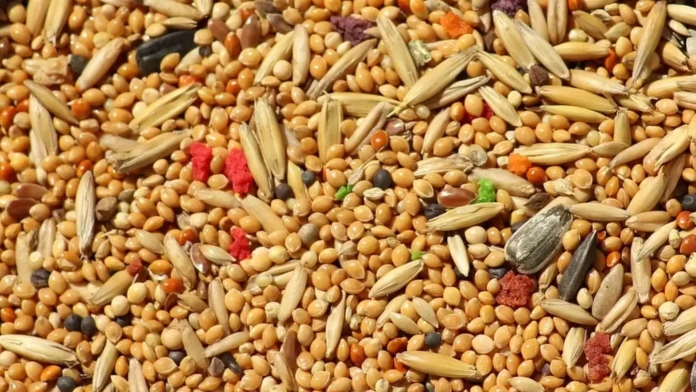The United Nations General Assembly has recognized the wide-ranging benefits of millets and declared 2023 the International Year of Millets to highlight their potential for sustainable production, processing, marketing, and consumption.
The exhibition launched by India’s mission to the UN during the International Year of Millets aims to raise awareness about the benefits of millets, including their nutritional value and health benefits. Millet-based refreshments and grains were also displayed at the exhibition, which saw the presence of UN delegates and senior officials.
Millets are a group of small-seeded grasses that have been cultivated for thousands of years and serve as a traditional staple crop for millions of farmers in dry zones of Asia and Africa.
India is the top producer of millets, followed by Nigeria, Niger, and China. Millets are diverse and include pearl, proso, foxtail, barnyard, kodo, browntop, finger, and Guinea millets, as well as fonio, sorghum, and teff. They are considered “smart foods” due to their high nutritional value, adaptability, and resilience.
Millets provide a rich source of dietary fiber, antioxidants, protein, and minerals, earning them the nickname “Nutri-Cereals.” They are also gluten-free, making them an excellent option for those with gluten sensitivities or celiac disease.
Millets are also climate-resilient and can tolerate poor soils, drought, and harsh growing conditions. They are adaptable to different production environments without high fertilizer and pesticide needs, making them ideal for small farmers in developing countries.
Millets contribute to the UN’s 2030 Agenda for Sustainable Development, particularly SDG 2 (Zero Hunger), SDG 3 (Good health and well-being), SDG 8 (Decent work and economic growth), SDG 12 (Responsible consumption and production), SDG 13 (Climate action), and SDG 15 (Life on land). The exhibition aims to promote the cultivation, processing, marketing, and consumption of millets to improve the livelihoods of many smallholder farmers and actors along the value chain.
Arun Nagpal, Director and Co-founder of the MRIDA Group, shared his experiences on his journey with millets from the farm to the table, emphasizing that millet-based products can bring taste and value to almost every world cuisine today. From flours to cookies to pizzas, pastas, muffins, cakes, breakfast cereals, and smoothies, millets need not be forced into diets but can be easily integrated into an existing style or pattern across ages, cultures, cuisines, and nations.
In summary, millets are a group of diverse and nutritious cereals that provide a rich source of dietary fiber, antioxidants, protein, and minerals. They are climate-resilient, adaptable, and considered “smart foods.”
The exhibition launched by India’s mission to the UN during the International Year of Millets aims to promote the cultivation, processing, marketing, and consumption of millets to contribute to the UN’s 2030 Agenda for Sustainable Development. Millets can bring taste and value to almost every world cuisine today and need not be forced into diets but can be easily integrated into an existing style or pattern across ages, cultures, cuisines, and nations.





